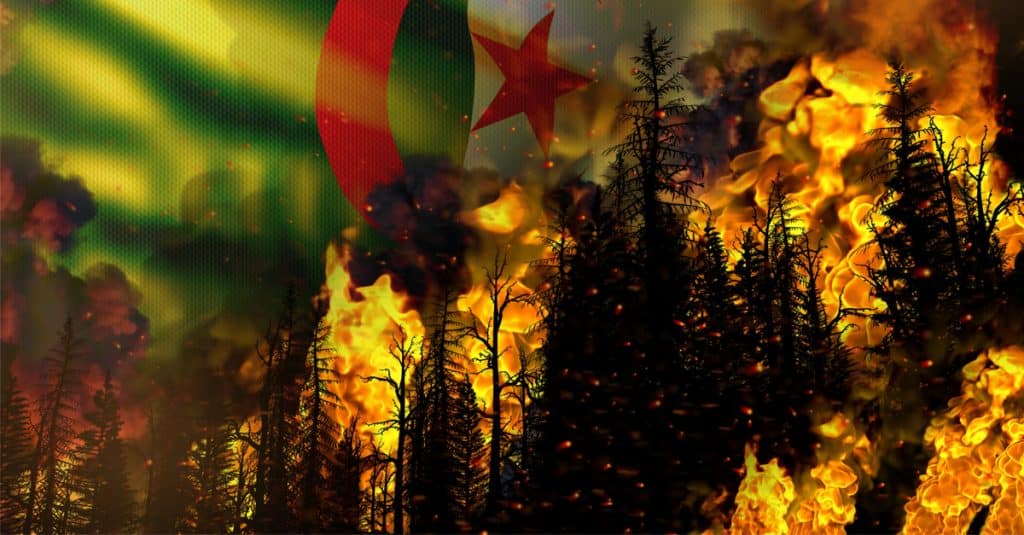The public prosecutor’s office in Souk Ahras in northeastern Algeria, where an entire family perished in the flames and was buried on 18 August 2022, announced the arrest of an arsonist in a forest near the town of 500,000 inhabitants. According to the gendarmerie, three men involved in fires were also arrested near Al Tarf, also in northern Algeria. These arrests reinforce the Algerian authorities’ hypothesis of a criminal hand behind the fires that ravaged the north-east of Algeria for 48 hours.
A failing fire-fighting system
The provisional death toll from the bush fires that broke out on 17 August 2022 in the country is 38, with 30 victims, including 11 children and 6 women. As with the fires of 2021, when more than 100 people died, the high number of victims has led to a wave of criticism against the government, which is accused of failure. Experts point to shortcomings in the fire-fighting system and point to the lack of bomber planes, the lack of forest maintenance and the absence of a comprehensive fire-fighting strategy.
The Algerian Directorate of Civil Protection estimates the number of fires that have destroyed hundreds of hectares of forest since the beginning of August 2022 at around 150. This phenomenon is becoming more frequent every year due to climate change, which is reflected in droughts and heat waves, but also due to human, criminal or involuntary factors.
Read also-ALGERIA: Fires of criminal origin ravage the vegetation cover
According to the European Space Agency (ESA), 70% of the world’s burnt land is in Africa. African fires account for 25-35% of African greenhouse gas emissions into the atmosphere. A forest fire produces greenhouse gases and at the same time releases the CO2 previously stored by the trees. In doing so, it contributes to global warming, of which the African continent is the first victim. In addition, it deprives local populations of the many ecosystem services provided by the forest, the most important of which is water retention.
Boris Ngounou
